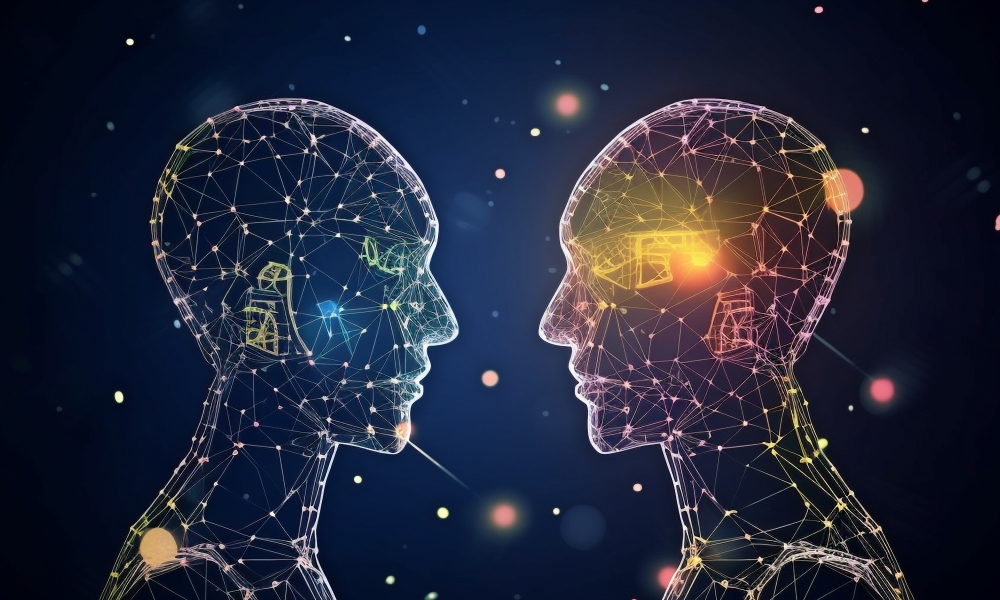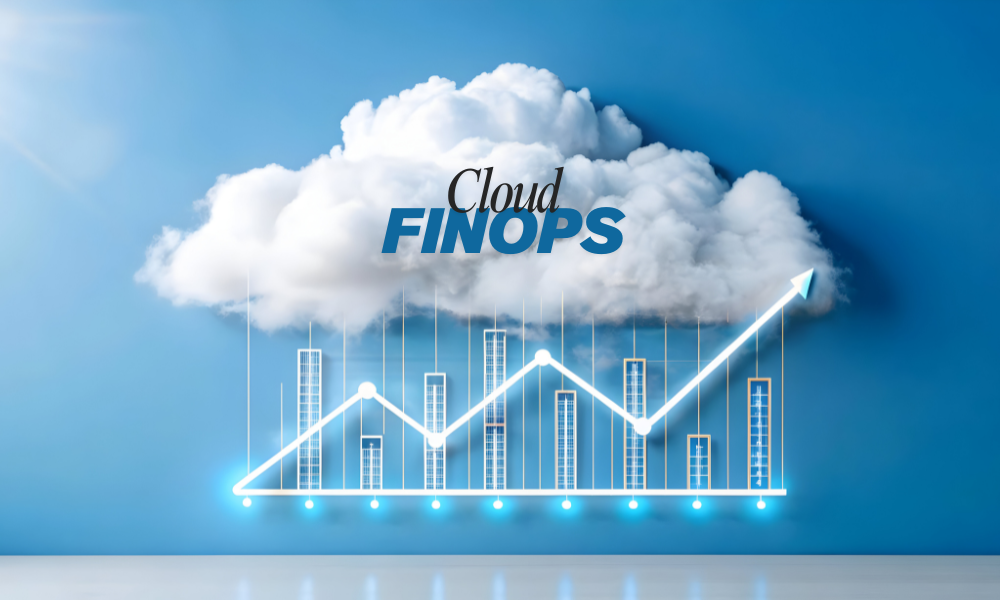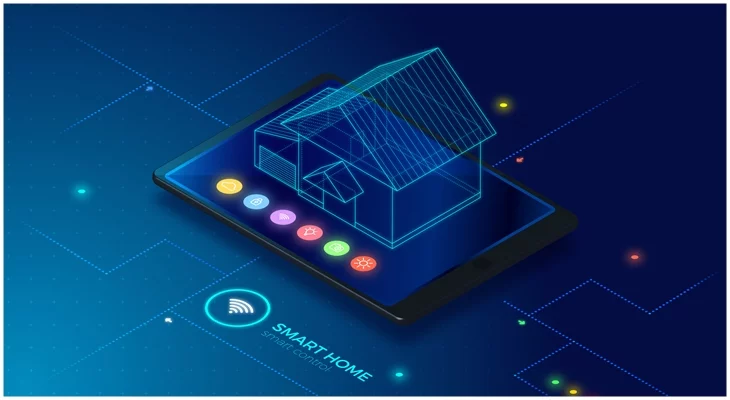Welcome to the real business revolution that is now underway, where we can create a whole, living, breathing virtual replica of a valuable asset, a sophisticated process, or even a whole factory. For decades, we have read and heard about the Digital Twin, that elegant, yet powerful notion of building a digital duplicate of something tangible.
Imagine it like a perfect mirror image of a physical thing or system. It tells you precisely what is occurring at the moment, and that is definitely compelling. Today, though, we are crossing the mirror and into a new space: the space of Cognitive Digital Twins.
The addition of the term "Cognitive" represents a seismic change in how we interact with business intelligence. It informs you that this digital duplicate doesn't merely display you information; it actually comprehends it, thinks about it, and even learns from it.
A conventional digital twin could alert you that a machine is overheating. A cognitive digital twin won't just inform you that the machine is overheating; it will inform you why, forecast when it will likely fail, and suggest the exact actions to take to repair it before the issue can happen. This is not mere data reporting; it is intelligent, real-time business insight delivered directly to your fingertips. This modest but profound distinction is revolutionizing the game plan of business today, transforming us from responding to circumstances to actively designing the future.
What Makes a Twin 'Cognitive'?
In order to actually understand the idea, it is useful to consider comparing a plain calculator to an immensely knowledgeable human specialist. The calculator may process numbers correctly, that is a conventional digital twin. The specialist, though, takes the numbers, combines them with decades of experience, knows the fine-grained context, anticipates possible complexities, and provides an individualized solution, that is the idea behind a cognitive digital twin.
How Cognitive Digital Twins Think and Learn
- Cognitive Digital Twins employs intelligent systems referred to as machine learning to reason like humans.
- They learn from much data, such as sensor inputs, historical performance, weather, and maintenance history.
- By constantly referencing and comparing this data, they gain a rich understanding of the actual object in the world that they represent.
- This implies companies don't have to dig through spreadsheets or wait for reports, these twins provide real-time, actionable insights instantly.
- This intelligent, human-like reasoning is the reason why cognitive digital twins are increasingly becoming an integral part of today's global companies.
The Engine of Real-Time Intelligence
The real strength of cognitive digital twins is that they can link the physical and digital worlds in real-time. It is this instant link that provides real-time insight. Consider a factory floor. Each and every machine, from those massive robot arms to the smallest temperature sensor, is feeding data back to its virtual replica at all times. This constant, moment-by-moment flow of data is vital.
What follows is where the "cognitive" part comes into its own. The system not only captures this deluge of information; it processes it in real time. It searches for subtle trends, infinitesimal variations, and early signals that a human operator or a simple monitoring system would overlook.
For example, in a supply chain, a cognitive digital twin may emulate the effect of an unexpected traffic hold-up in one city on another city's inventory levels and immediately recommend an optimal re-routing plan to counter an expensive stockout.
This technology can quickly test “what-if” situations and suggest what to do next. It turns raw data into real-time, useful advice that helps businesses make smarter decisions fast. It enables businesses to be extremely responsive, reacting to shifting market conditions or unexpected operational glitches in minutes, not days or weeks. This speed and accuracy translate to improved service, reduced waste, and dramatically lower expense.
Uses in the Real World
Uses for cognitive digital twins are quickly spreading beyond the factory floor and into all corners of our economy.
- Manufacturing: In the manufacturing world, industry leaders like Rolls-Royce have been first to showcase. Their "IntelligentEngine" initiative is a great example, where each jet engine has an advanced virtual twin. Those twins track more than a dozen parameters in real-time.
By using cognitive logic, the system can calculate the precise time a small part requires maintenance, scheduling maintenance to optimize and greatly enhance aircraft reliability, a tremendous improvement in safety and cost savings.
- Medicine: In medicine, the technology is revolutionizing patient care. The concept of a "Human Digital Twin," or an advanced virtual replica of a single patient, is being brought from idea to fruition. Through combining information from electronic health records, wearable devices, and imaging tests, the cognitive digital twin can model the course of a disease or the impact of a new drug.
This allows physicians to actually perform precision medicine, tailoring treatment plans to the way a person will respond, which results in improved patient outcomes and better utilization of hospital resources.
For instance, a hospital may employ a process twin to model varying patient admission rates and deploy nurses and operating rooms in real time to maintain wait times low, as Mater Hospital in Dublin has investigated. Such applications in the real world reflect an extensive and pragmatic transition from mere data analysis to extensive, operational foresight.
A Look at the Numbers: The Growth Story
The impressive capability of cognitive digital twins is clearly reflected in the market’s overwhelming adoption and anticipated growth. Businesses worldwide are recognizing that these smart virtual models are not just a technological upgrade, but a necessity for competitive survival. The statistics tell an authoritative story of expansion and return on investment.
The sheer scale of the forecast growth, to almost USD 150 billion by 2030, testifies to the huge faith that organizations place in this technology. Added to that, the cost savings are a no-brainer. That combination of strategic insight and concrete cost savings explains why close to 29% of manufacturing enterprises have already deployed or are deploying a digital twin strategy, a steep increase from earlier years. The business case for adopting Cognitive Digital Twins is now established; it is a tested route to efficiency and competitive success.
Beyond the Technology: A New Way of Thinking
In the end, the strength of the cognitive digital twin lies not in the technology itself, but in how it enables human beings. This technology doesn't supersede the expert; it enhances the capacity of the expert to act wisely and quickly. Through repeated simulations in millions of runs and the incorporation of every bit of information, the system takes much of the speculation out of intractable problem-solving.
It enables engineers to spend fewer hours debugging and more time designing, and it makes hospital administrators worry less about operational bottlenecks and more about caring for patients. The emphasis is still on the human side, making our strategic decisions faster, smarter, and more sure. This is the straightforward, uncompromising promise of the cognitive digital twin: to deliver the best possible vision of the future so that we can construct a better now.
Going forward, the incorporation of these intelligent virtual duplicates will no longer be a 'nice-to-have' functionality but an integral aspect of conducting business. It's a bet on knowing your physical world more than ever, being prepared for tomorrow by having the right information.
To learn more, visit KnowledgeNile!
FAQs
1. What is cognitive digital twin?
Answer: A cognitive digital twin is an intelligent virtual replica of an actual system that is able to think, learn, and decide employing AI and data.
2. What is an example of a digital twin?
Answer: A digital twin of a jet engine demonstrates how it operates in real-time, allowing engineers to anticipate issues and schedule maintenance.
Recommended For You:
Technologies Leveraged In Digital Twins: A Brief Overview
Mixed Reality for Digital Twin Visualization in the Physical and Virtual Worlds





